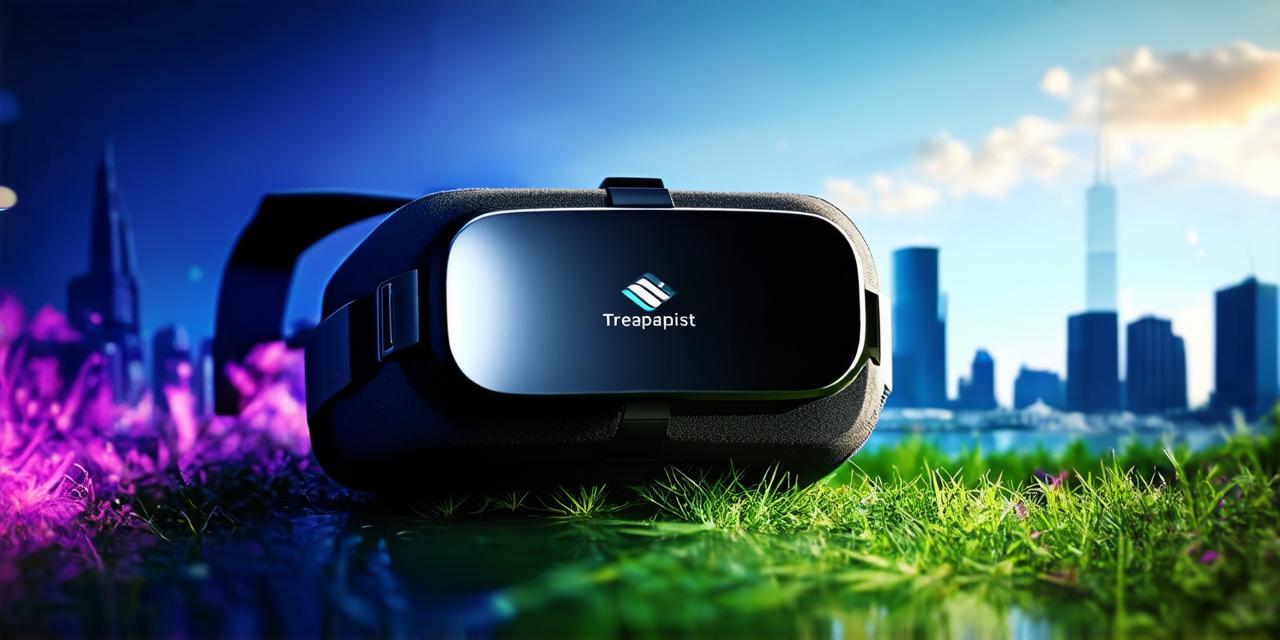Virtual Reality for Mental Health Treatment
Virtual Reality as a Tool for Mental Health Treatment
Virtual reality technology allows individuals to experience immersive simulations of real-world environments or imagined scenarios. This immersive environment can be used to simulate various situations that may trigger anxiety, depression, or other mental health issues. By exposing individuals to these situations in a controlled and safe environment, VR therapy can help them learn coping skills and overcome their fears.
One of the most well-known applications of VR technology in psychological treatment is exposure therapy. Exposure therapy involves gradually exposing individuals to anxiety-provoking stimuli, such as spiders or heights, to help them overcome their fear. With VR, this can be done in a virtual environment that simulates real-life scenarios. For example, a person who has a fear of flying could take a virtual flight and gradually learn to manage their anxiety.
Another use case for VR technology in mental health treatment is cognitive-behavioral therapy (CBT). CBT focuses on helping individuals identify and change negative thought patterns that contribute to their anxiety or depression. With VR, CBT can be applied to simulated scenarios that trigger these negative thoughts, allowing individuals to practice identifying and changing them in a safe environment.
Benefits of VR Therapy
Virtual reality therapy has been shown to be effective in reducing symptoms of various mental health conditions, including anxiety, depression, post-traumatic stress disorder (PTSD), and phobias. For example, a study published in the Journal of Anxiety Disorders found that exposure therapy using VR was as effective as traditional exposure therapy for treating social anxiety disorder.
Another advantage of VR therapy is its flexibility. Virtual reality technology allows therapists to customize treatment plans to meet the unique needs of each individual. This can be especially helpful for individuals who are unable to travel to a physical therapy location or who have other barriers to accessing traditional therapy.
Challenges and Limitations of VR Therapy
While virtual reality technology has shown great promise in mental health treatment, there are also challenges and limitations associated with this approach. One major challenge is the cost of VR technology. While VR headsets have become more affordable in recent years, they still require high-end computers and other equipment, which can be prohibitively expensive for some individuals.
Another limitation of VR therapy is its lack of human interaction. Unlike traditional therapy, which often involves face-to-face interactions with a therapist, VR therapy can feel isolating. While some individuals may prefer this level of privacy, others may find it difficult to engage with the virtual environment in the same way they would with a real-world setting.
Case Studies and Personal Experiences
To gain a better understanding of the current outcomes of using virtual reality in psychological treatments, let’s look at some case studies and personal experiences.
One example of VR therapy in action is the use of exposure therapy for treating PTSD. A study published in the Journal of Traumatic Stress found that exposure therapy using VR was effective in reducing symptoms of PTSD in veterans who had experienced combat-related trauma. Participants reported feeling more relaxed and less anxious after the treatment, and many also reported increased feelings of empowerment and control over their environment.
Another example of VR therapy is the use of CBT for treating anxiety disorders. In a study published in the Journal of Anxiety Disorders, participants who received VR-based CBT showed significant reductions in symptoms of social anxiety disorder compared to those who received traditional CBT. The virtual environment allowed participants to practice identifying and changing negative thought patterns in a safe and controlled setting.
